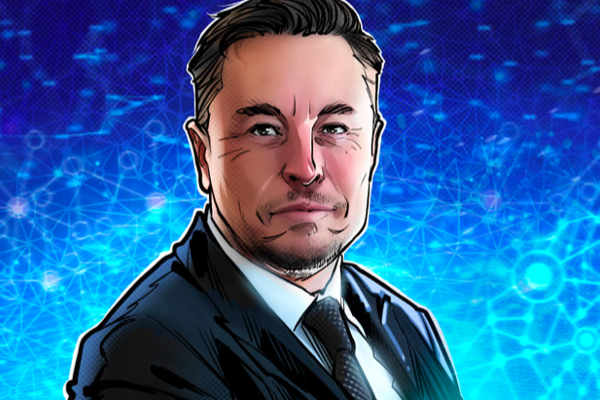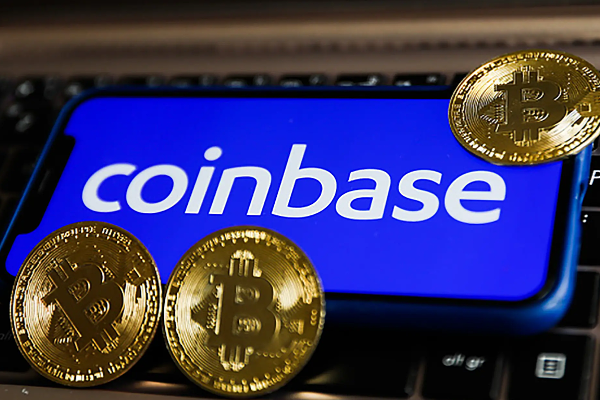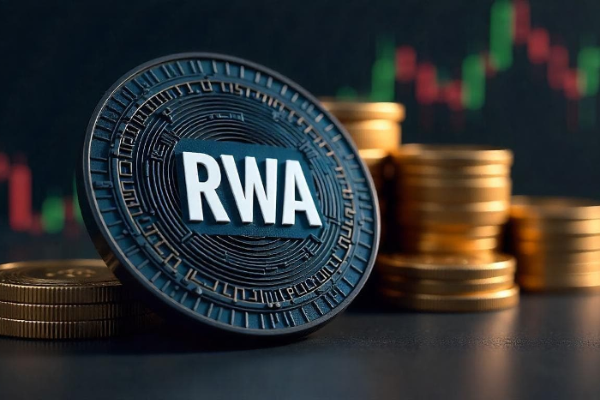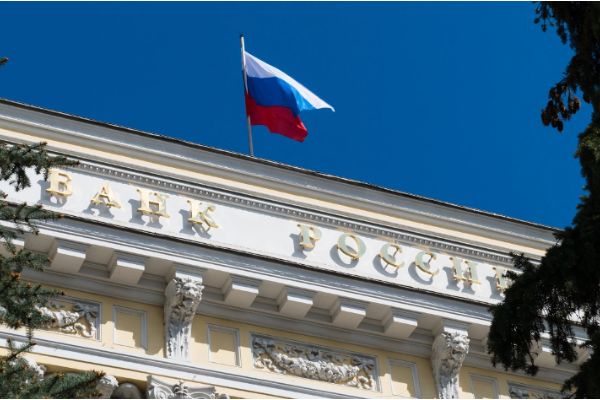Tether CEO responds to the prediction of "potential market value exceeding US$500 billion": the numbers are beautiful, but still conservative

In response to the analysis that "Tether's market value will reach $515 billion if it goes public, surpassing Costco and Coca-Cola and becoming the world's 19th largest company", Tether CEO Paolo Ardoino responded that this valuation "is indeed a very beautiful number", but judging from the company's current large amount of Bitcoin and gold reserves, this forecast may still be conservative.
He pointed out that Tether's asset reserves are continuing to expand, especially the allocation of hard assets such as Bitcoin and gold has become part of its core strategy, which provides a solid foundation for the company's financial robustness and lays a reliable foundation for future growth.
Although the outside world pays close attention to Tether's potential IPO, Ardoino made it clear: "We are full of expectations for the company's next stage of development, but there is no need to go public yet." This statement shows that Tether prefers to promote long-term growth through internal accumulation and global layout, rather than relying on short-term support from the capital market.
In recent years, Tether has not only firmly established its position as the world's largest stablecoin issuer, but its asset strategy, profit distribution method and investment layout in emerging markets (such as AI, infrastructure, and security) outside of stablecoins have also gradually allowed it to get rid of the single label of "pure cryptocurrency tool" and become a highly profitable, asset-heavy, and macro-risk-resistant "crypto-financial empire" prototype.
This response also shows Tether's pragmatic attitude and strategic determination in the face of external high-valuation comments. Although market heat and capital expectations continue to rise, Tether is more concerned about how to continue to consolidate its asset structure and system stability to ensure that it plays a more critical role in the next stage of global financial reform.









